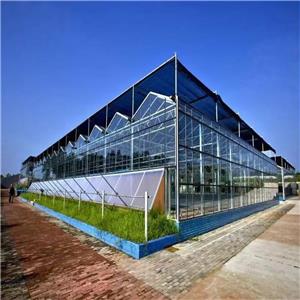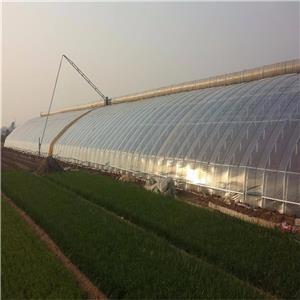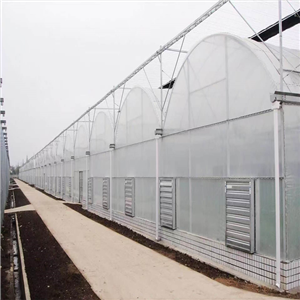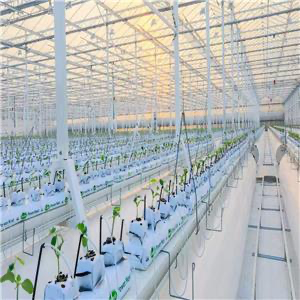What is the difference between polycarbonate greenhouse and glass greenhouse
1. Material properties Polycarbonate Polycarbonate sheets are lightweight, which makes the overall structure of the greenhouse easier to construct and modify. For example, it may require less heavy - duty support structures compared to glass. They have good impact resistance. This means they can better withstand hail, debris, or accidental impacts without shattering easily, reducing the risk of damage to the plants inside. Polycarbonate materials are available in different thicknesses and grades, allowing for some flexibility in choosing the level of insulation and light diffusion based on specific needs. Glass Glass is a more rigid and brittle material. While it provides excellent transparency, it is vulnerable to breakage from impacts such as hail or flying objects. It offers very high clarity, allowing for maximum light transmission, which can be beneficial for plant growth when sunlight availability is limited. However, this also means that there is little natural diffusion of light, which might sometimes lead to hotspots in the greenhouse if not properly managed. 2. Thermal insulation Polycarbonate Multi - walled polycarbonate sheets have good insulating properties. The air pockets trapped between the walls of the polycarbonate help to reduce heat transfer, both in terms of keeping the greenhouse warm during cold nights and preventing excessive heat buildup during hot days. This can lead to energy savings in terms of heating and cooling requirements. Glass Single - pane glass has relatively poor insulating properties. However, double - glazed or triple - glazed glass can significantly improve insulation, but at a higher cost. Even with multi - glazing, achieving the same level of insulation as a well - designed polycarbonate greenhouse may still be more expensive due to the nature of the glass and the framing required. 3. Cost Polycarbonate Generally, the initial cost of constructing a polycarbonate greenhouse is lower compared to a glass greenhouse. This includes the cost of the materials themselves and also potentially lower construction costs due to the lighter weight of polycarbonate, which may simplify the foundation and support requirements. Glass Glass greenhouses tend to be more expensive, especially if high - quality, tempered, or multi - glazed glass is used. Additionally, the installation process for glass can be more complex and labor - intensive, further increasing the overall cost. 4. Longevity Polycarbonate Over time, polycarbonate may be subject to yellowing or degradation due to exposure to UV radiation, although modern polycarbonate sheets often have UV protection coatings. Depending on the quality, they may need to be replaced after a certain number of years, typically around 10 - 15 years. Glass Glass is a more durable material in terms of not degrading over time in the same way as polycarbonate. Well - made glass structures can last for decades with proper maintenance, mainly requiring occasional replacement of broken panes.




